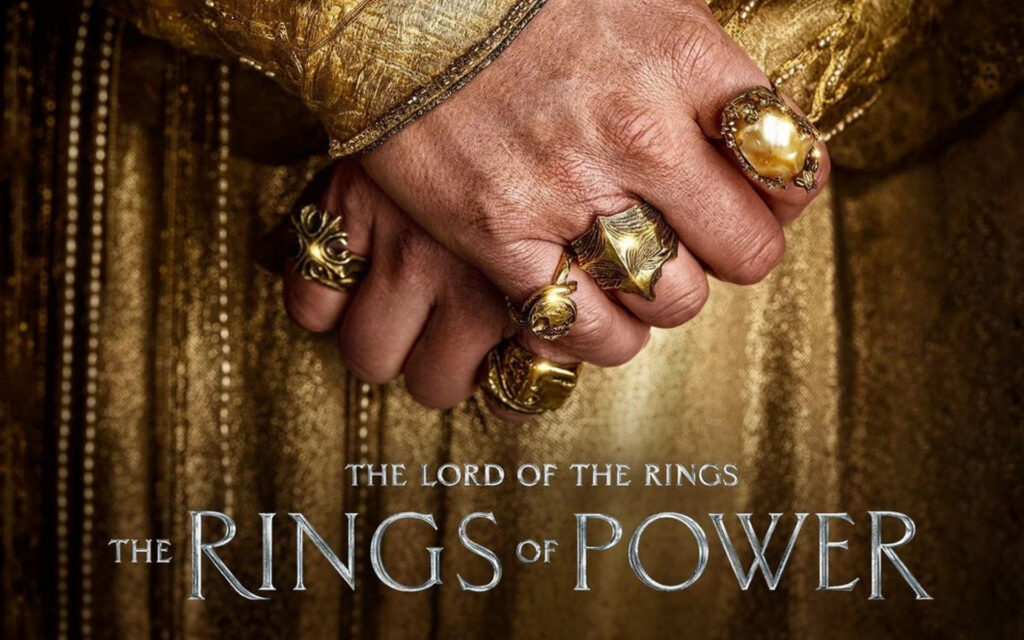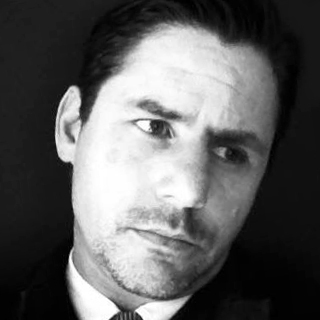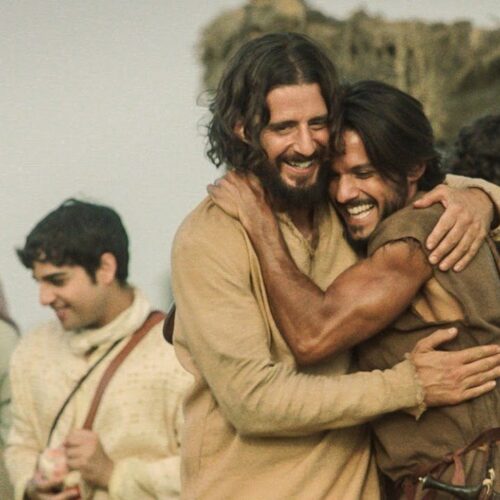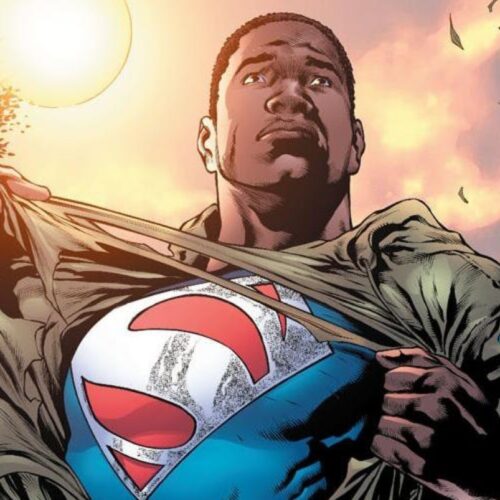
The delicious enjoyment of bad art has been around for a very long time. It is strangely entertaining to watch rotten productions for its sheer badness. And as with most everything, badness is relative.
The first kind of bad that is considered good is called “Camp.” Campy art is purposeful in its design. As one person has said, “Camp is an exaggerated Hollywood style meant to provoke and entertain in its artificial ostentation.” Those who produce camp purposefully try to be cheesy and ironic for the sake of making an aesthetic point. Kitsch, drag, and Euro-pop all fall into the campy category. A person who has perfected camp to a snarky art is Wierd Al Yankovic. His badness by design is used in mockery to exaggerate the banality of pop culture. The best way to describe camp is that it does all it can to be “over the top.”

The second kind of bad that is good is the “B-movie cult following” type of bad. This is the kind of art that the final product is so bad you just can’t take your eyes off of it. In recent Hollywood culture, the actor/producer Tommy Wiseau has gained a unique kind of notoriety for how terrible his movie craft is. His acting is like watching a horrific car accident — there is visceral shock and dismay by what you are seeing. Nobody can purposely try to fail so wonderfully, it just happens. The book, “The Disaster Artist”, is a biographical sketch based on the making of Tommy’s terrible movie, “The Room.” It tells of when Tommy Wiseau was trying to explain the protagonist of his terribly written story and says, “So there’s this guy, Johnny, a true American hero, to be played by me. He has it all — good looks, makes friends, and also maybe Johnny is a vampire. We’ll see.”
Now there is a new kind of bad being enjoyed by a whole new generation of viewers. It is different than all the others in the sense that it is not a celebration of the good in bad art, but it relishes the complete failure of the art. The desire of seeing something bomb is being labeled in our current culture as “hate-watching.” Hate-watching is rooted in Schadenfreude: pleasure derived from another person’s misfortune. In other words, wanting those you do not want to succeed to fall flat on their faces. So instead of finding something to enjoy in the bad art, it is finding enjoyment in the feeling of something utterly failing.
But why would anyone want a television show or movie to fail? Why do some people relish the demise of the artist? Shouldn’t we encourage all people to risk making something that brings joy and beauty to the world regardless of how bad it is?
But when it comes to hate-watching something deeper is going on.
People who find something good in the bad realize those who made the bad are still telling an original story. They have exercised their creativity to present something that is brand new, born from the recesses of their own mind. So even if it is bad they were still trying to be original, and that is a good thing.
But when it comes to hate-watching it is more about rejecting the flat-out thievery of other people’s originality. They then take it and twist it into what it was never supposed to be, having no regard for the source material. They then expect those who loved the original to keep supporting their cheap knock-off, assuming it’s still just as good when it no longer actually is. That original good thing you once delighted in is now changed, warped, and recreated in their own fashion to become a type of badness that many people can’t stomach and that is why they want to see it fail.
This is happening because many of the larger corporations in America and large-scale production houses are trying to cash in on the popularity of beloved ‘good’ classic stories while often pushing their own political ideologies and progressive agendas, which in turn makes their art nauseatingly ‘bad’. Instead of creating a new world of their own, these corporate pirates are riding on the coattails of another artist’s blood, sweat, and tears that have endured over time. And for those who loved the original artist’s story, the desire for failure is actually a form of loyalty to the original storyteller. Failure becomes a triumph for those who understand they are being manipulated.

For instance, consider some of the blowback concerning the takeover of the Marvel franchise by progressive producers and high-up executives. In the recent adaptation of She-Hulk that is now being aired on Disney +, the executives at Disney have decided to change the focus of the original comic book and have handed it over to a group of feminist producers and writers to spin a new narrative toward their point of view and it is getting severely panned by the original comic book fans. Or take Amazon’s purchase of the rights to tell the prequel story to the Lord of the Rings called “The Rings of Power.” From the initial trailers, interviews with cast members, and promotional articles written by those who have been bought and paid for by Amazon, it is clear the original world that the Lord of the Rings came out of is being twisted into something Tolkien never intended. Long-time fans do not like it, nor will they stand for it. So they have come out in droves to defend the story they once loved and it is causing a whole new batch of hate-watching podcasts to pop up all over the internet. As a result, Amazon is feeling the retributive heat of the fans.

To combat the blowback, inews.com.uk released an article titled, The Rings of Power and House of the Dragon: Fantasy must get over its obsession with old white men. Instead of promoting the Rings of Power series, they are attacking Tolkien loyalists. And if you notice, they are dictating to fans what they should enjoy. But who has the right to determine tastes for another? Arrogant overlords, that’s who. Well, that is where hate-watching comes in. Rooting for failure is a form of fighting back. As an example, one creative fan named FJW responded in the comment section of an online discussion concerning the Rings of Power trailer by using the original opening line of the Lord of the Rings to mock the new series. In hate-watching brilliance he wrote:
“It began with the forging of the great films. Threads were given by Tolkien, immortal, wisest and fairest of all beings. Rights were granted to Jackson, great miner and craftsman of the mountain lore. And nine, nine hours were gifted to the race of men, who above all else, desired quality. But they were all of them deceived, for another show was made. In the land of Amazon, in the fires of Mount Prime, the Dark Lord Bezos forged in secret a master flop. And into this show he poured his money, his greed and his will to dominate all film. One show to ruin them all.”
As you can see, true fans of the original series are no longer willing to stand for the destruction of the story they once loved. And they shouldn’t because the original artist has the right to control the content of his own story. And that is the point of the hate. It isn’t aimed at a person as much as it is aimed at the concept of deconstructing everything beloved that once was considered good.
Good-bad, like camp and B-movies, can be a wonderful thing. In fact, we should celebrate those who try to experiment with new ideas and make artistic attempts. But wanting the bad from something that was stolen, and was once good, is an act of defiance. It is a chance for the small fan to simply say “Don’t Tread on Me.” Sometimes a little bit of hate is not so bad.

Christopher J. Weeks is an author and has been a bartender, rugby player, salesman in the Chicago loop, teacher in Russia, and now for the last 25 years, he has been pastoring with his wife and four children at a rural church amidst the apple orchards of West Michigan farmland.





